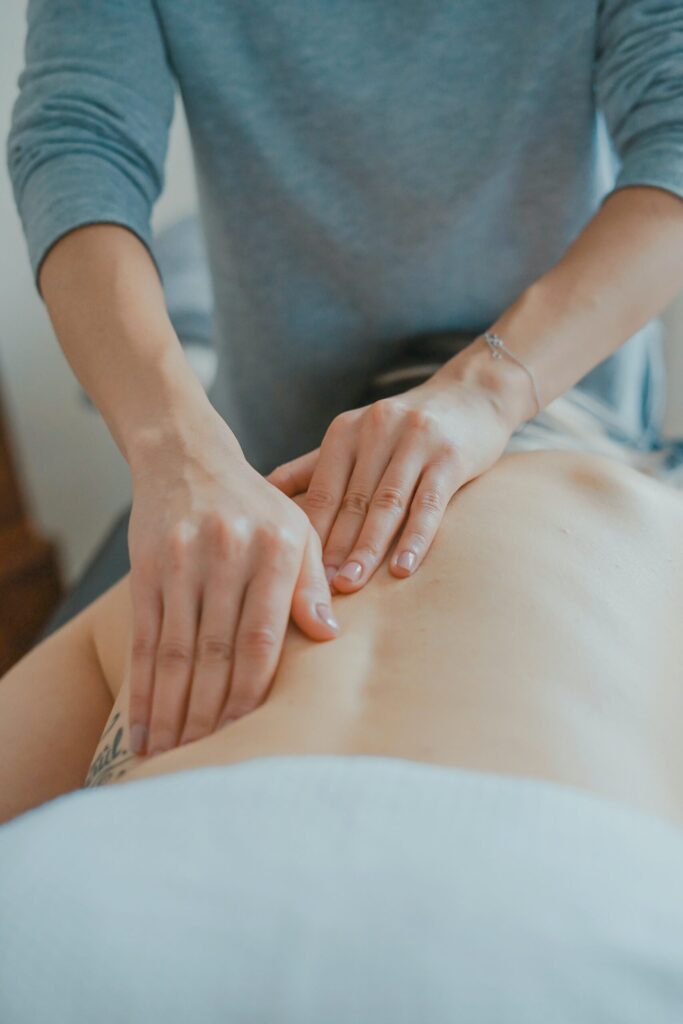- Feel Good
- 18th Feb 2023
- 1.2k Views
- 0
- 1 minutes
How physiotherapy can help treat your menopause symptoms

From menopause joint pain to helping relieve stress and anxiety, Swissphysio is here to our rescue.

From menopause joint pain to helping relieve stress and anxiety, Swissphysio is here to our rescue.
Subscribe now to receive our twice-weekly emails and exclusive offers for High Life North readers.
Comments